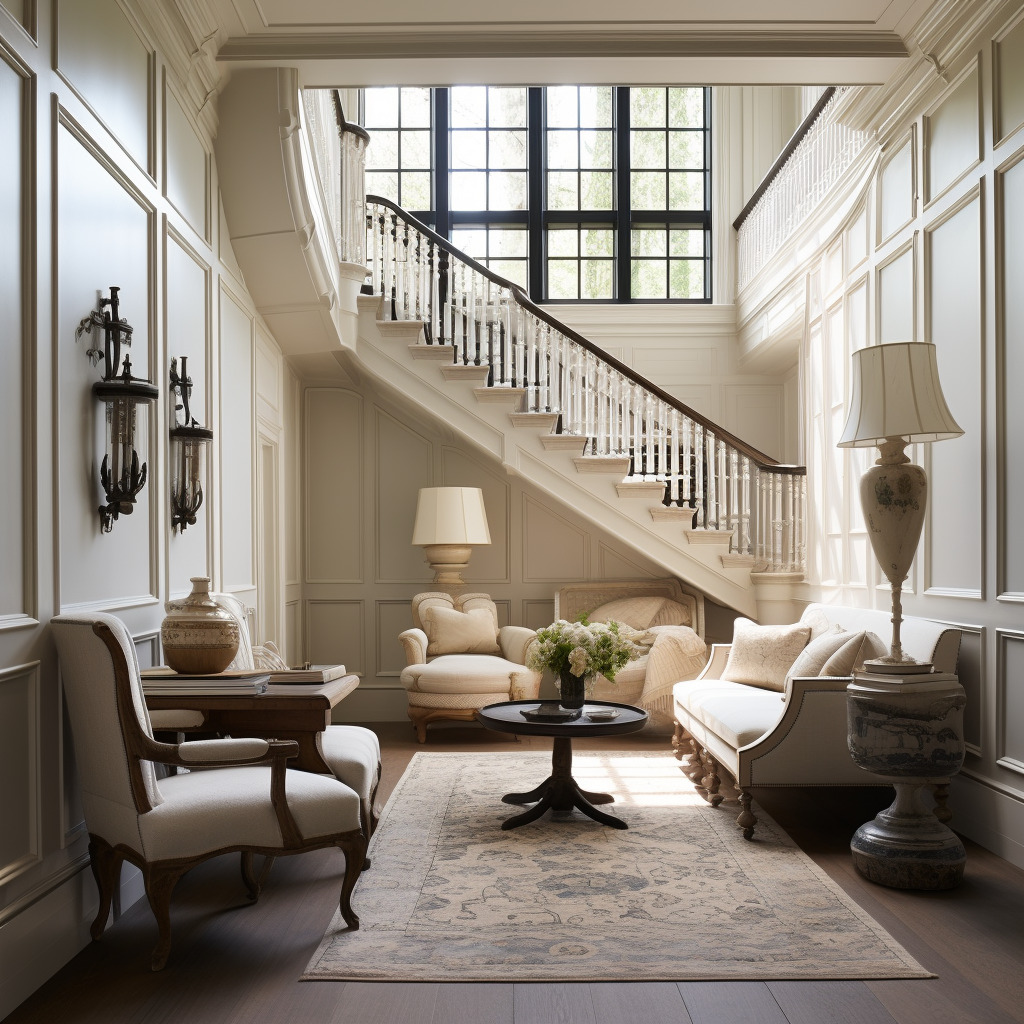Architectural Detailing: How to Add Character to Your Home
When it comes to personalizing your living space, the devil is truly in the details. Architectural detailing holds the secret to transforming an empty space into one brimming with character and personality. It’s the subtle touches—a well-placed arch, intricate molding, or a unique blend of textures—that can elevate your abode from simply structured to stunningly styled. Embracing architectural detailing doesn’t just augment the aesthetics; it can significantly amplify the comfort and overall vibe of your home.
Introduction
At first pass, architectural detailing might sound like the domain of professional designers and architects. But this need not be the case. Understanding the influence of even the smallest design elements can empower any homeowner to curate spaces that are both functional and enchanting. Whether it’s through the interplay of light and shadow, the strategic use of materials, or the incorporation of timeless design principles, architectural detailing can imbue your living quarters with a sense of place and history, all while enhancing the contemporary lifestyle.
Key Elements
The art of interior design pivots on several foundational elements that, together, create a cohesive and compelling visual narrative. Let’s delve into some of these key components:
- Color Palettes: The colors you choose set the mood of a room. Warm hues can create a cozy atmosphere, while cool tones may establish a more serene setting. Neutral colors provide a canvas for bold accents and allow architectural details to take center stage.
- Furniture Arrangement: How you position your furniture can drastically affect the flow and functionality of a space. It’s not just about aesthetics; the right arrangement can optimize space, encourage conversation, or frame a stunning view.
- Lighting: The illumination of your space not only affects visibility but also mood and ambiance. Use a mix of ambient, task, and accent lighting to highlight architectural features and create dynamic shadows.
-
Accessories and Decor: These are the finishing touches that can make a room feel complete. From artwork to throw pillows, every detail contributes to the story your space is telling.
Tips for Architectural Detailing
When it comes to selecting furniture and decor that align with your home’s architectural detailing, consider these guidelines:
- Scale and Proportion:
- Ensure that furniture fits the scale of the room. A large space can accommodate oversized pieces, while a smaller room requires more petite or multifunctional furniture to avoid feeling cramped.
- Harmony and Contrast:
- Aim for a balance between pieces that complement the architectural style of your home and those that offer a striking contrast to inject energy and modernity into the space.
- Texture and Material:
- Mix textures and materials to add depth and interest. For example, a glass coffee table can pair well with a plush rug, uniting different eras and design philosophies.
- Functionality:
- Never underestimate the importance of functionality. Consider how the space will be used and choose pieces that support these activities without sacrificing style.
FAQ about Architectural Detailing
Question 1: How can architectural detailing improve the value of my home?
– Answer: Architectural detailing can add significant value to your home by enhancing its aesthetic appeal and functionality. These details can set your property apart from others in the market, making it more memorable and desirable to potential buyers.
Question 2: What are some budget-friendly ways to add architectural detailing to my home?
– Answer: Consider small-scale projects like adding crown molding, upgrading hardware on doors and cabinets, or incorporating wainscoting. These can create a high-impact look without a lofty price tag.
Question 3: How do I choose the right architectural details for a room?
– Answer: Assess the room’s purpose, existing style, and dimensions. Choose details that complement the room’s function, harmonize with its inherent style, and are proportionate to its size.
Question 4: Can architectural detailing help in small spaces?
– Answer: Absolutely! Architectural detailing can be a game-changer in small spaces by drawing the eye upward with vertical lines or utilizing built-ins to maximize space without crowding the area.
Question 5: Should architectural detailing reflect current interior design trends?
– Answer: While being aware of trends can inspire fresh ideas, it’s crucial to focus on timeless detailing that resonates with your personal style and the character of your home. This ensures your design choices remain relevant and enjoyable for years to come.
Incorporating architectural detailing into your home is more than an exercise in aesthetics; it’s a journey that enhances your living space in myriad meaningful ways. By meshing form with function and tapping into the timeless principles of design, you can create an environment that not only looks spectacular but feels uniquely yours. Whether you decide to highlight classic features or infuse your space with cutting-edge trends, remember that the true essence of interior design is creating a backdrop for the life you want to live.




